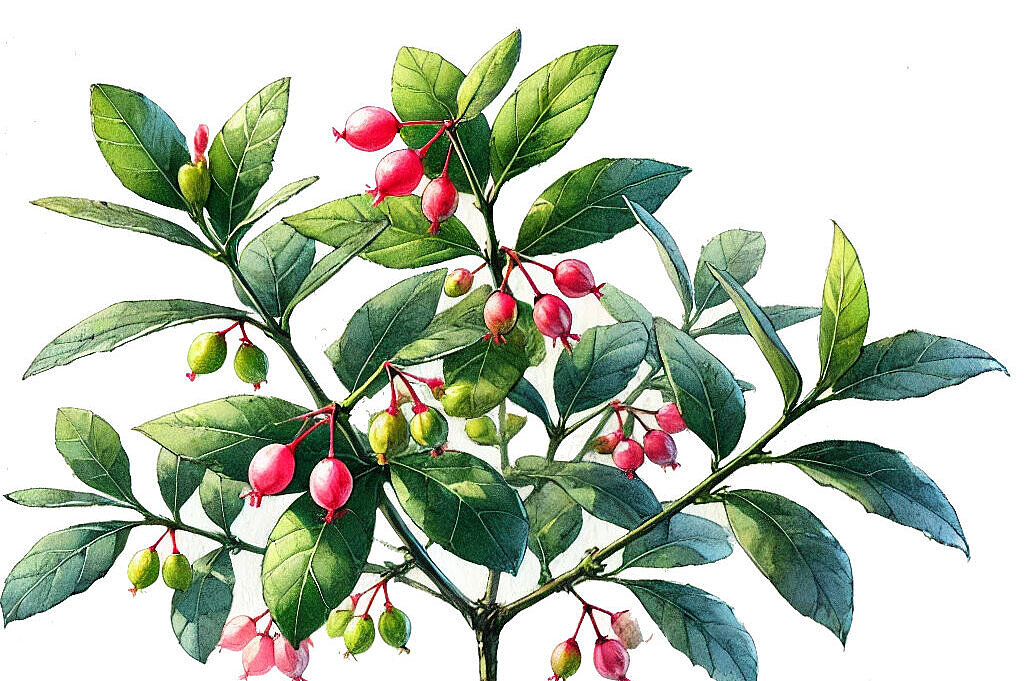Barberries

What are barberries?
Barberries, also known as sour thorn, belong to the genus Berberis and are mainly native to Europe, Asia and Africa. These berries are characterized by their bright red color and sour taste. They are traditionally used in human cooking, especially in oriental and European cuisine, where they add a sour note to dishes. But beyond their culinary uses, barberries have a range of health benefits that can also benefit dogs.
Nutritional profile and health benefits
Rich in vitamins and antioxidants
Barberries are an excellent source of vitamin C, an important antioxidant that boosts the immune system and has anti-inflammatory properties. They also contain vitamin E, which promotes skin and coat health, and a variety of minerals such as iron, zinc and manganese, which are essential for a range of bodily functions.
Promoting digestive health
Thanks to their high fiber content, barberries can aid digestion and help maintain a healthy intestinal tract. They can help prevent constipation and support regular bowel movements.
Supporting heart health
The antioxidants and other bioactive compounds contained in barberries can help maintain a healthy cardiovascular system. They help regulate blood pressure and can reduce the risk of heart disease.
Possible disadvantages and precautions
Despite the many benefits, it is important to exercise caution when introducing barberries into your dog's diet. As with any new food, the introduction of barberries can lead to gastrointestinal problems, especially if fed in large quantities. It is advisable to start with small amounts and observe your dog's reaction.
In addition, barberries should only be fed in their pure, unprocessed form without additives or sugar. Make sure to feed them in moderation, as an excess of acidic foods can irritate the stomach.
Barberries can be a valuable addition to your dog's diet, provided they are used correctly. Their nutrient density and health benefits make them an attractive superfood. But as with all things, the same applies here: The dose makes the poison. Start with small amounts and observe how your dog reacts to the new berries. If you're unsure, consult a veterinarian or canine nutritionist to make sure barberries are a safe and healthy supplement for your dog. In the right amounts, barberries can help promote your dog's health and well-being and provide a tasty variety in their diet.
Properties 22
Are you looking for other ingredients with a specific property?
Just click on them to find more.
If you notice any signs of hypersensitivity or poisoning in your dog, you should see your vet immediately. We are not a substitute for a vet, but we try to be as accurate as possible. Every dog reacts differently and we recommend you get a second opinion or consult your vet if in doubt.
Stay healthy and take good care of your four-legged friend!😊
Similar to Barberries
Mahonias belong to the Berberidaceae family and are closely related to the barberry. They are known for their evergreen, spiny leaves, which resemble those of holly, as well as their yellow flowers,...
Spindle bushes belong to the spindle tree family (Celastraceae) and include a large number of species and varieties that are found all over the world. They are characterized by their versatile...
Forsythia, also known as the golden bell, belongs to the olive family (Oleaceae) and is mainly native to East Asia. The plant is cultivated as an ornamental shrub in many parts of the world and is...
Deutzias belong to the hydrangea family (Hydrangeaceae) and are predominantly deciduous shrubs. They vary in size and can grow between 1 and 3 meters high. In spring and early summer, deutzias adorn...



